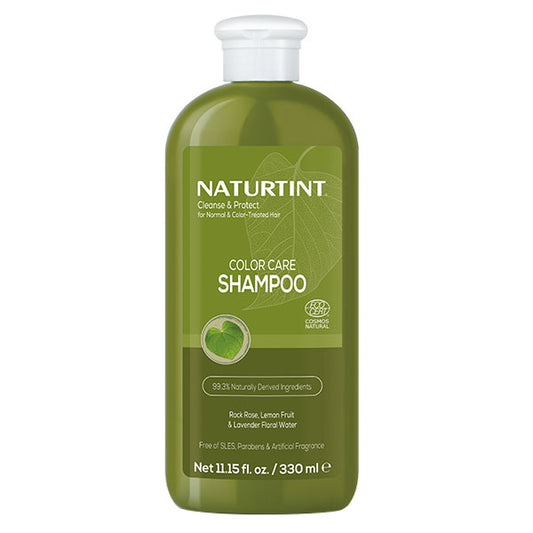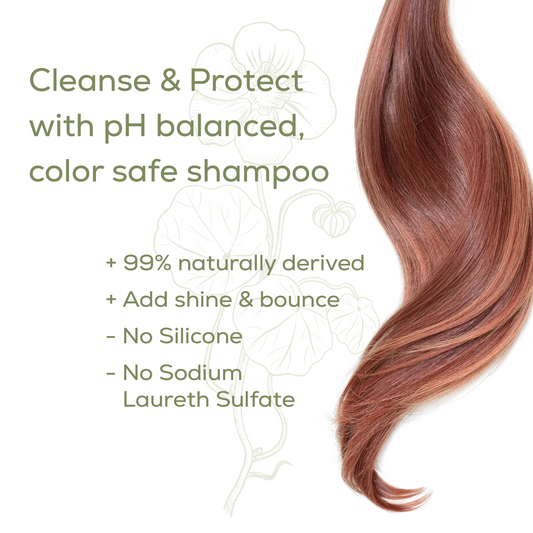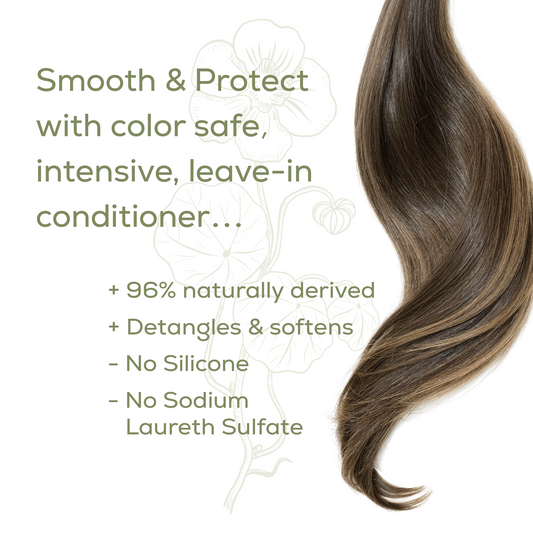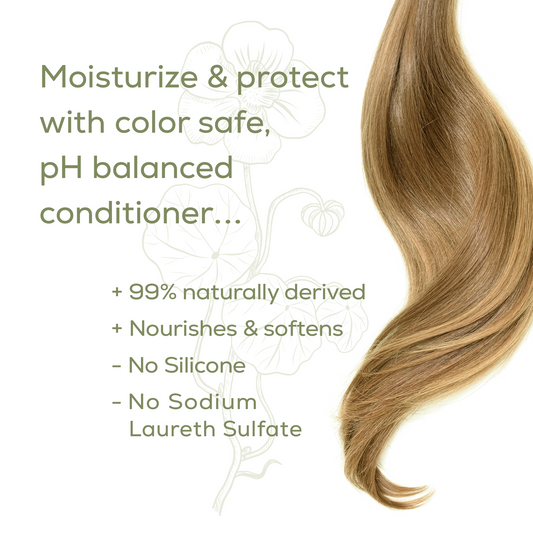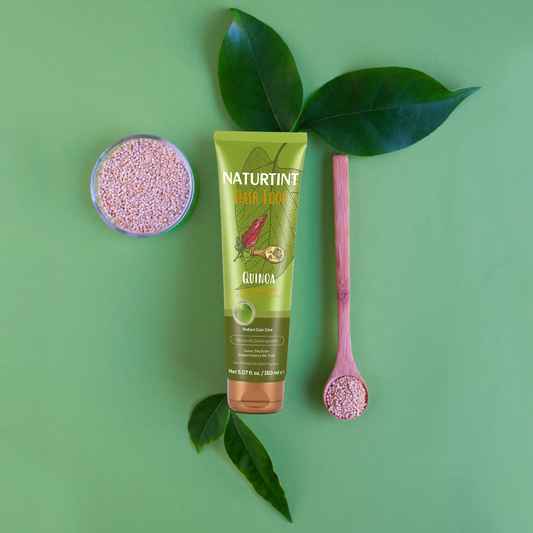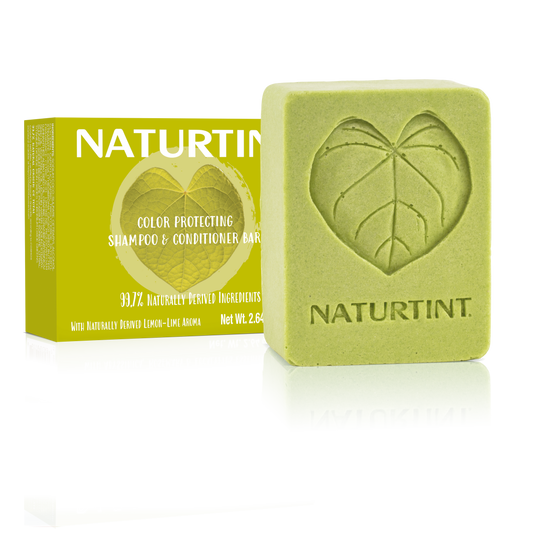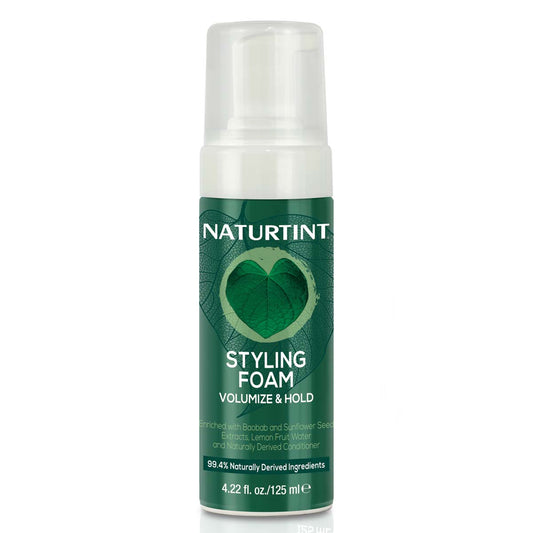Nowadays, there are no shortage of social media influencers talking about hair care and what products they’ve put their stamp of approval on. The problem? What works for them may not work for you. They may have a completely different type of hair porosity than you, which means certain products, techniques, and treatments they endorse wouldn’t work as well on your hair.
What exactly is porosity? Simply put, it’s a term that’s used to describe how easily your hair can soak up and retain moisture. Having high porosity hair means that your hair is very porous, and thus, the cuticles are sparser and able to absorb a lot of water. Some other characteristics of high porosity hair include hair that: can look and feel dry, tends to be frizzy, tangles easily, is prone to breakage, air dries quickly, absorbs products quickly, and rarely looks shiny.
Now that you know what high porosity hair means (and if you have it), here are a few tips on how to care for and color it!
Related: Hair Care for Thin Hair

How to care for high porosity hair
Each type of hair porosity comes with a different set of guidelines to achieve healthy hair. For those with high porosity hair, these are the most important hair care tips you should focus on.
skip the hot tools
The mixture of overusing hot tools (blow dryers, straighteners, etc.) and sun exposure mixed with too many chemical treatments can lead to damaged, broken, and frizzy hair. The daily use of high heat damages and removes the outer layer of the cuticle, making it more porous. Instead of using hot tools, your best option is to let your hair air dry and only use hot tools sparingly, if necessary.
moisturize, moisturize, moisturize!
One of the best ways to keep your hair healthy is to…you guessed it…keep it moisturized! By regularly coating your hair with hydrating products, you’re helping to lock in that much-needed moisture. This will help to strengthen your high porosity hair and maintain its overall health.
use color protecting shampoos and conditioners
To help nourish and repair your highly porous hair, it’s important to use products (shampoos and conditioners) that are specifically formulated for this hair type. Products that include ingredients like oils and butters, like Naturtint’s CC Leave-in Conditioner, help seal the gaps in the cuticle and provide a protective layer.
Naturtint’s CC Cream Leave-in Conditioner works well on all hair types. It gently detangles the hair while helping to maintain color, vibrancy, and shine. Creamy, dense products tend to work well on high porosity hair. However, the amount and type used is different depending on hair type. For example, those with thin hair should use less product and stick to products with lighter oils (compared to heavier oils like coconut) to ensure that their hair doesn’t look heavy or weighted down.
How to color high porosity hair
Before you color your hair, there are a few things you should do prepare your high porosity hair for beautiful results.
prepping for hair color
First, you’ll want to do a skin sensitivity test to ensure you don’t have an allergic reaction to the hair color. It’s also important to do a hair strand test to get a sneak peek of your results and make sure the hair color is what you envisioned. For more information on how to do a hair strand test, check out our blog post here!
It’s also important that you wait at least 24 hours after washing your hair to apply hair color. This allows your hair’s natural oils to protect the scalp during the coloring process. Learn more of our top tips on how to prep your hair and space here!
coloring tips for highly porous hair
When you color your hair, one of your main goals is to have consistent color from your roots to your ends. One of the best ways to achieve even hair color throughout is to apply color to your roots first. Since this is your newest hair growth, it often has a lower porosity than the mid-length and ends so it will take the longest amount of time to absorb the hair color. The exception to this rule is if you are bleaching or lightening your hair. In that case the heat from the scalp can speed up development time so you don’t want to apply to the roots first in that scenario.
As you move down your hair strand from the root to the ends, the closer you get to your ends, the less time you’ll need to process the hair color. Your ends are the most porous part of your hair, and therefore, since they accept color more easily, don’t need as much processing time.
Unless you’re completely changing your hair color or you’ve let your roots grow out, you don’t need to color your full head of hair every time. Overcoloring may actually cause your hair to appear duller over time. Instead, you should consider only putting color where it’s needed – on your roots. A product like Naturtint’s Root Retouch will blend seamlessly with your existing hair color and provide up to 100% gray coverage and optimum scalp protection. Not sure whether to use the Permanent Hair Color or the Root Retouch? Check out this blog post to learn more.
Pro tip: because your high porosity hair is more absorbent, you should plan on using more hair color to achieve your desired result!
The bottom line
If you have high porosity hair, your hair will easily absorb water and other hair products but will have trouble retaining that moisture. However, if you implement the strategies and products mentioned above, you can use them to help improve the overall health of your hair and make it easier to manage.
If you have any questions about your hair care plan or need help finding your perfect color, our Naturtint hair color specialists are always happy to help!



